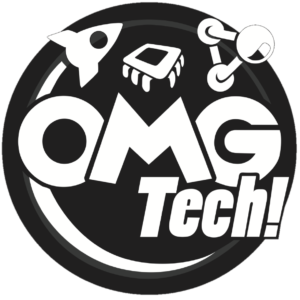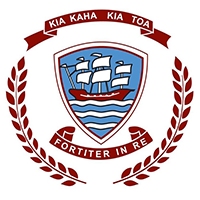FUTURE OF LEARNING
SHOWCASE OF FUTURES-LED THINKING IN EDUCATION
Learner Agency
GROWING A LEADERSHIP OF LEARNING
“Learner agency,” “student agency,” “leadership of learning,” and “empowering learners” are all ways to describe a state in which learning is actively directed by learners themselves. Rather than leading the learning, kaiako facilitate it by creating a favourable environment in which ākonga feel valued and empowered, engaging ākonga in dialogue about their learning, and providing choice for the ākonga in terms of what, how, and when they learn.
There is some debate about how best to define this – in this report the term “learner agency” is used (in alignment with Derek Wenmoth’s 2022 report Being Resilient), but “leadership for learning” is seen by some as a more empowering term because we don’t want to limit agency by describing it as such.
Regardless of how it is named, the process in action involves ākonga setting their own learning goals or co-constructing these with kaiako, making choices as to how they pursue these goals, and reflecting on their progress and next steps. It also involves enthusiastic motivation: agentic ākonga are curious and determined and will learn because they are interested and engaged rather than because they are told to do so.
In Being Resilient, Derek Wenmoth describes a need for learners to be “sufficiently enabled to be self-managing in their learning, and to pursue their learning in the ways that suit them.” This report is concerned with how hybrid learning can enable this, and the schools that were visited show some common patterns when it comes to learner agency and hybrid learning.
Ākonga at these schools are motivated by choice and enjoy being able to choose what to work on next, whether they are picking a module from My Te Kura, an activity from a learning slide, or a task from a homework grid. Being able to choose what they work on when encourages ākonga to think actively about their own progress and goals, rather than waiting to be told by an adult what they need to do next.
Being agentic doesn’t happen overnight, though. It is a state of mind that can be built at a young age, but getting there requires support and practice. All of the interviewed schools provide support in terms of 1:1 learning conversations between kaiako and ākonga. At the primarily online correspondence school Te Aho O Te Kura Pounamu (Te Kura), non-teaching staff have been employed to provide ākonga with extra opportunities to check in online or kanohi ki te kanohi (face-to-face). Ākonga find that discussing their learning with someone who isn’t marking them relieves pressure and empowers them to share struggles. Greenhithe makes a point of introducing online learning platforms in year 3 and 4 so that ākonga are confident navigating them by the time they are expected to lead their own learning in year 5. Tāmaki College and Wesley Primary School both use Manaiakalani’s learn, create, share pedagogy which allows ākonga to share their learning with whānau, friends, and their wider community. Kaiako at both schools note that ākonga are excited to learn for the sake of sharing and will update their mahi (work) according to feedback from peers or whānau even if the mahi is already marked. While all interviewed schools make an effort to prioritise cultural responsiveness, an environment that makes visible and celebrates the diverse cultures of ākonga is particularly noticeable at Wesley, Tāmaki College, and Te Kura. Knowing that they are valued at school for themselves builds ākonga confidence and helps them take risks without fear of judgement.
All schools involved give ākonga options for learning with clear explanations and accessible assessment criteria, and learners at all of these schools are able to be “self-managing and self-directed in age-appropriate ways, and confidently engage with learning activity without the direct and constant supervision of a teacher,” with many kaiako interviewed commenting on how rarely ākonga need to ask them what to do. This, according to Being Resilient, is a mark of schools that are consolidating for success. The other marker of this is a setting where learners have a chance to contribute to the design of learning. Most interviewed schools provide this. For example, ākonga at Wesley come up with student-led inquiry projects each term and ākonga at Te Kura design their own Leaving to Learn (offline learning) projects. At all interviewed schools, ākonga generally show a strong sense of ownership over their learning and see purpose in it, whether that relates to sharing a new skill with their peers or working towards a desired career.







